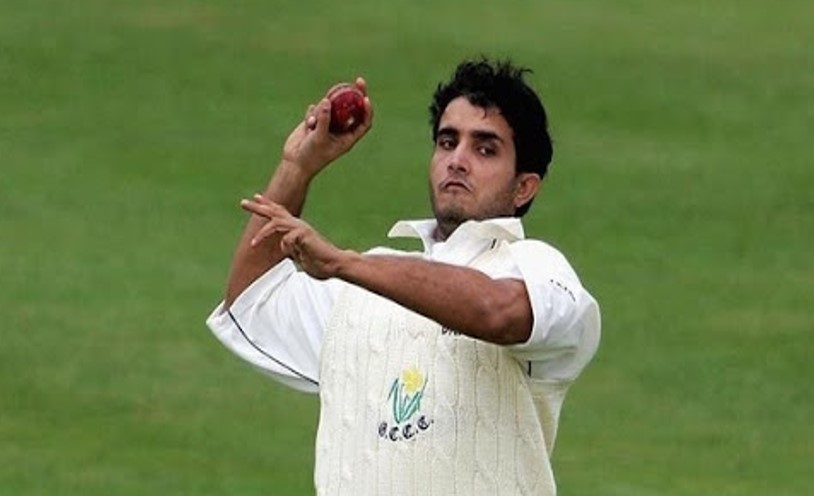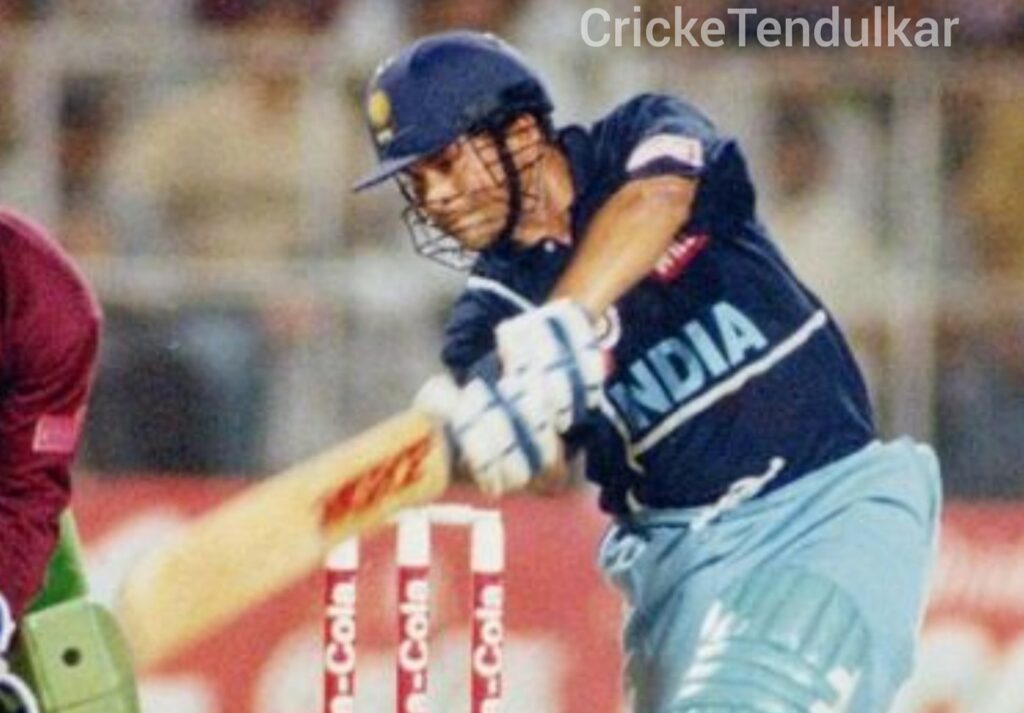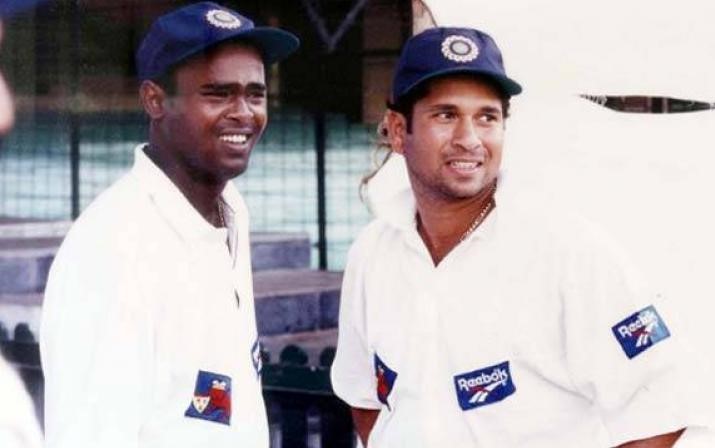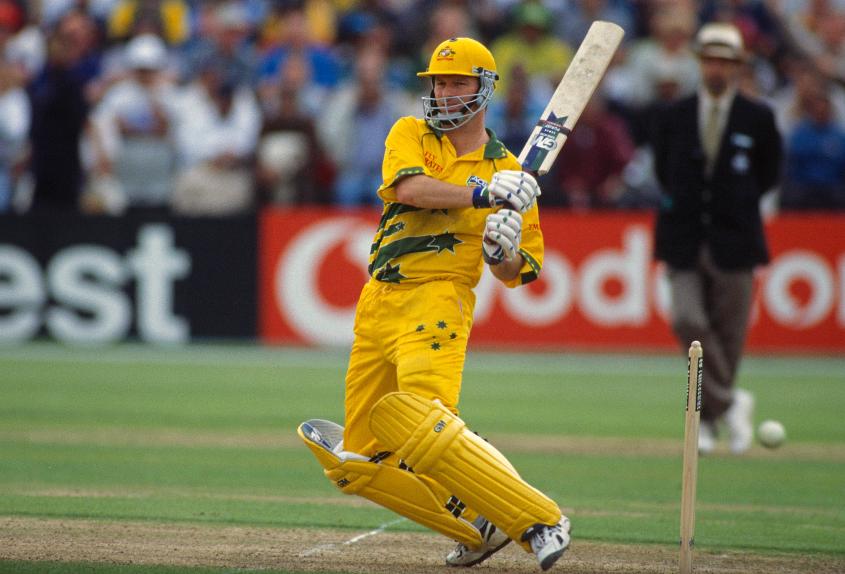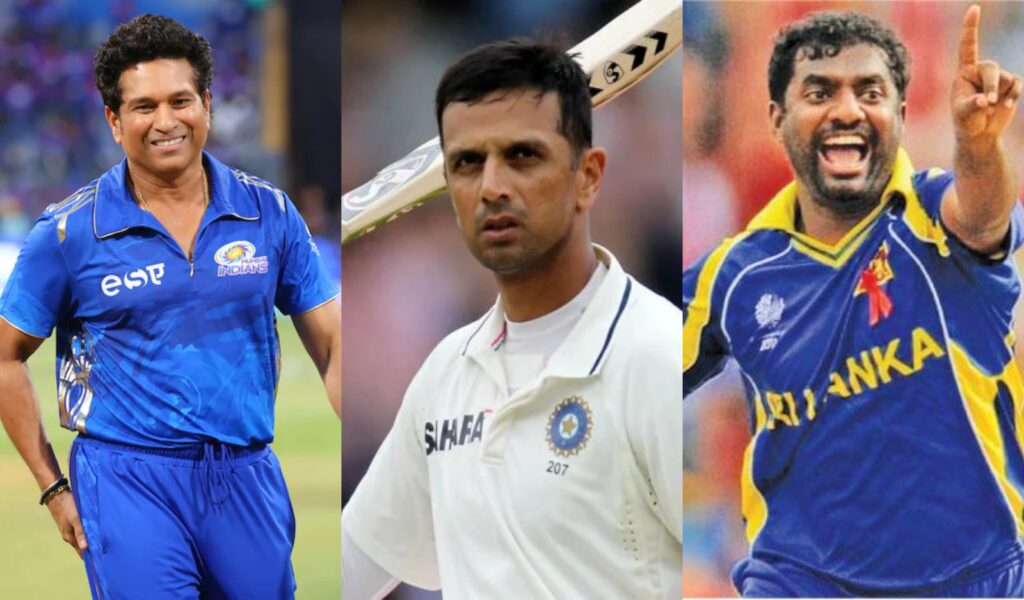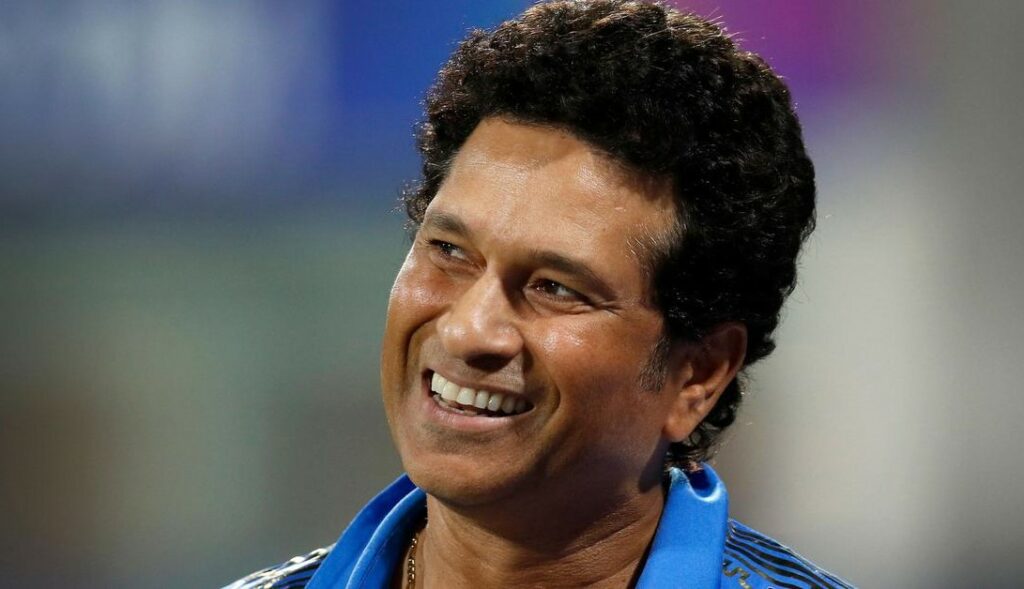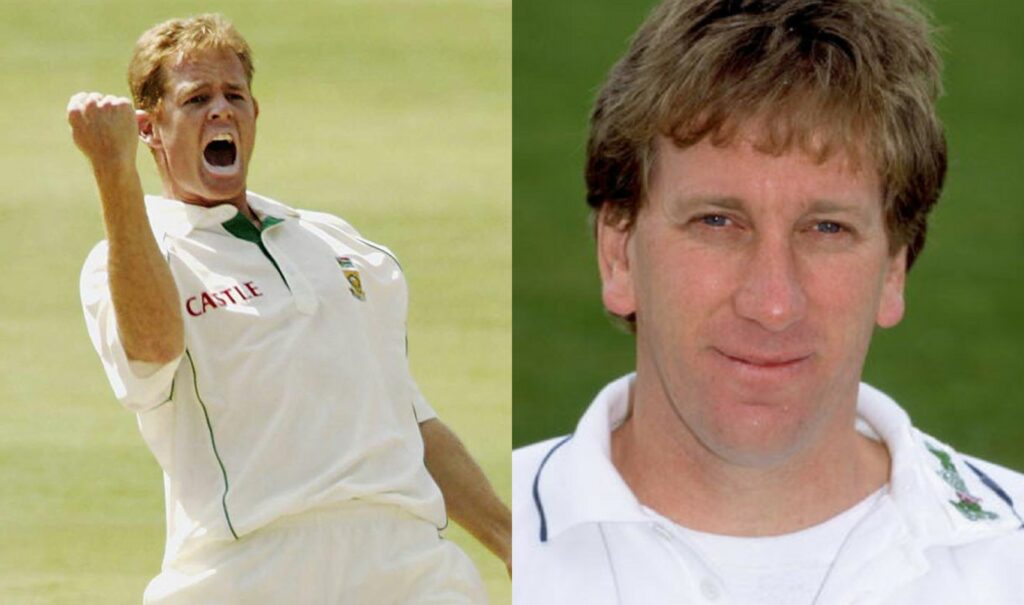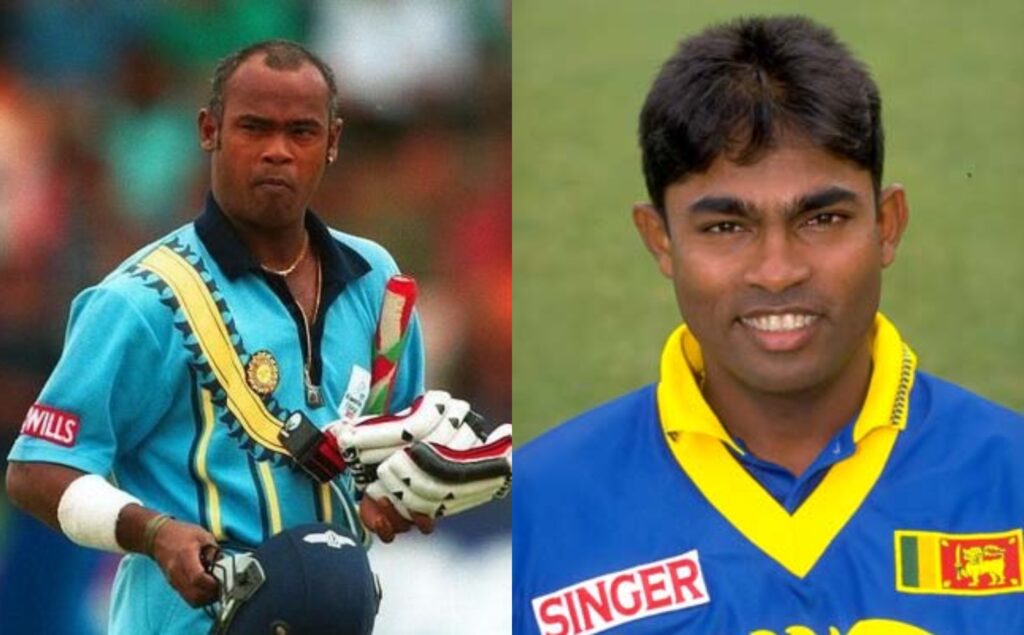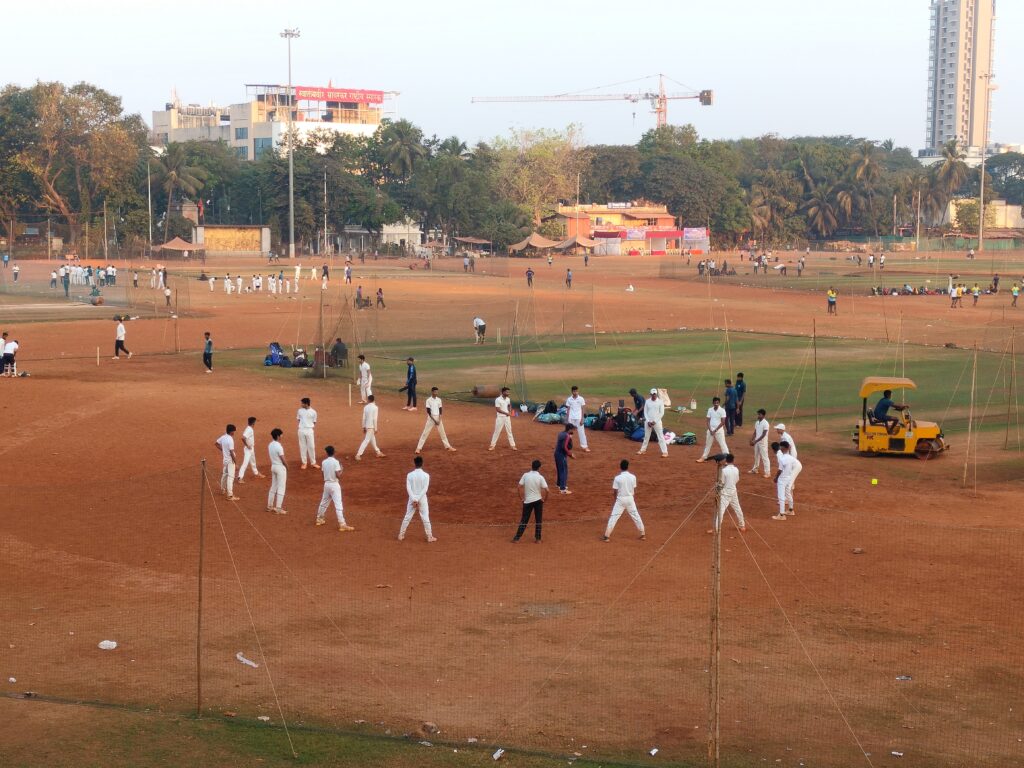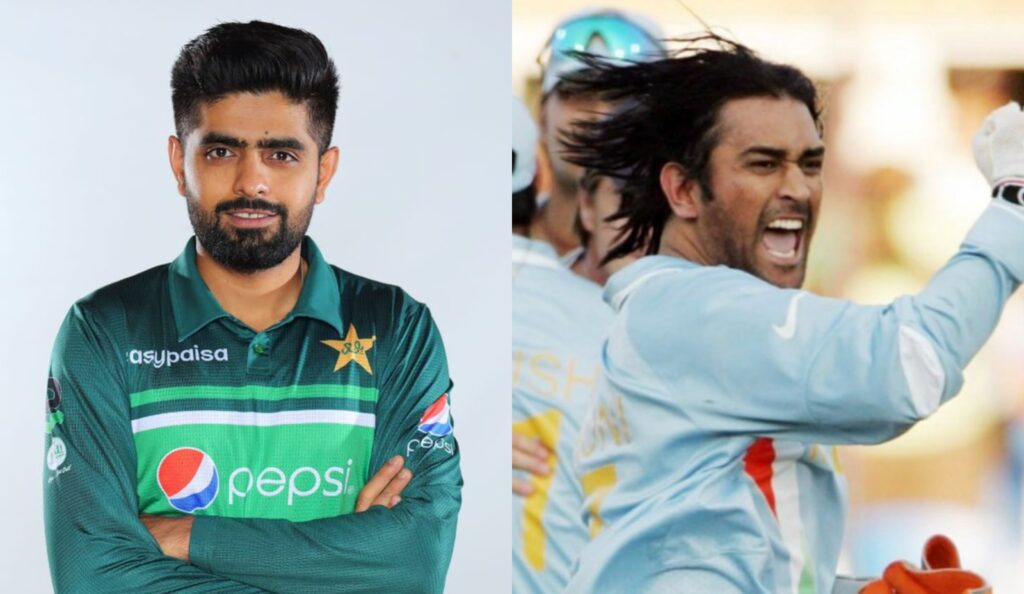The headline must have made you wonder how on earth is this possible in a game of cricket. But this is true and there is a story behind it. In the era of 1997, Sri Lanka were the world champions in ODI (one-day internationals) cricket and a threat to team India.
This is about the second match of the three match ODI series between India and Sri Lanka in 1997 after the three-match test series between both the teams produced a boring 0-0 result, courtesy some bad weather in all three matches.
The first ODI was won by India in Guwahati by 7 wickets. The 2nd one was played on Christmas at Indore’s Nehru Stadium. Cricket fans expected a good contest on the festival. The match was the ODI debut for India’s all-rounder Hrishikesh Kanitkar.
The Sri Lankans won the toss and decided to bat. But early into Javagal Srinath’s first over, it was felt that the pitch was behaving strangely. The ball was bouncing awkwardly and the batsmen were having issues. On the fourth ball of the over, Romesh Kaluwitharana was bowled off another awkward delivery, which he played onto his stumps. The last ball of the over bounced weirdly for Sanath Jayasuriya. He edged it to the slip area, where Rajesh Chauhan dropped the catch.
India’s captain Sachin Tendulkar decided to give the spinner Chauhan the second over after looking at the strange behaviour of the pitch. His over was alright but the next one, bowled by Srinath, got the umpires and match referee worried. After the last ball of the over, which hit Roshan Mahanama on his gloves, the match officials decided to call off the match due to the unplayable nature of the pitch. In 3 overs, Sri Lanka’s score was 17 for 1 (see scorecard HERE).
This was the first time in the history of cricket that a game was called off due to the unsafe nature of the pitch.
The result, obviously, was sad for cricket lovers around the world, but not more than the 25000 odd spectators who had turned up. There were fears about how the crowd will react to this fiasco. There were also reports about a local lawyer almost deciding to file a case against Indian captain Tendulkar, Sri Lankan captain Arjuna Ranatunga and match referee Ahmed Ebrahim for denying the ticket-paying public their right to watch the match.
In order to pacify everyone disappointed by the turn of events, an exhibition match of 25 overs was decided to play between both the teams. But how does one play on a pitch that was behaving so dangerously?
Hence, it was decided that fast bowling won’t be allowed in the match. Only spinners and slow medium pacers can bowl.
Those were the days when T20 was unheard of. So, an ODI match of 25 overs actually got us excited as we were watching on TV, even if it was unofficial. India’s two senior batters Tendulkar and Mohammed Azharuddin didn’t bat in order to give youngsters a chance. I remember Sourav Ganguly bowling gentle medium pacers in the match, much slower than his actual deliveries.
Sri Lanka batted first and scored 180 for 8 in their allotted overs. In response, India fell 2 runs short by reaching 178 for 7 in their 25 overs. I remember India needing 4 runs of the last ball when Kumara Dharmasena was bowling to Navjot Singh Sidhu. Despite it being an exhibition match, there was intense tension before that ball. Sidhu could manage only a single of that ball. Despite India losing, the crowd was treated to an entertaining day of cricket.
(Article continued after video)
There are reports that before the start of the ODI, India wanted a bouncy pitch with grass in order to tackle Sri Lanka’s top-order. But when the team reached the venue, they realized that the groundsman had produced a dry pitch with cracks, which would assist both fast bowlers and spinners. So, they got the groundsman to prepare an alternative pitch. However, when the Sri Lankan players brought this to the notice of the match referee Ahmed Ebrahim, they eventually decided to play on the first wicket.
The third ODI of the series, which was played in Goa, was won by Sri Lanka by five wickets, thereby drawing the series 1-1.
Interestingly, much later in 2009, another India-Sri Lanka ODI was called off due to the dangerous nature of the pitch (see scorecard HERE). This time, the venue was Delhi’s Ferozshah Kotla Stadium. Co-incidentally, the match in 1997 was played on December 25 and the one in 2009 on December 27.
Strangely, less than a month and half after the 1997 ODI blunder, a test match between West Indies and England at Kingston, Jamaica on February 2, 1998, was called off in the first session of the first day for the same reason after the latter batted for 10.1 overs. As a kid, I remember bowlers like Curtly Ambrose and Courtney Walsh appearing deadlier than they were on that pitch. This was the first test match to be called off due to the nature of the pitch (see scorecard HERE).
Also read: Sachin-Kambli’s unknown match-winning partnership: 50 Years of Wankhede
